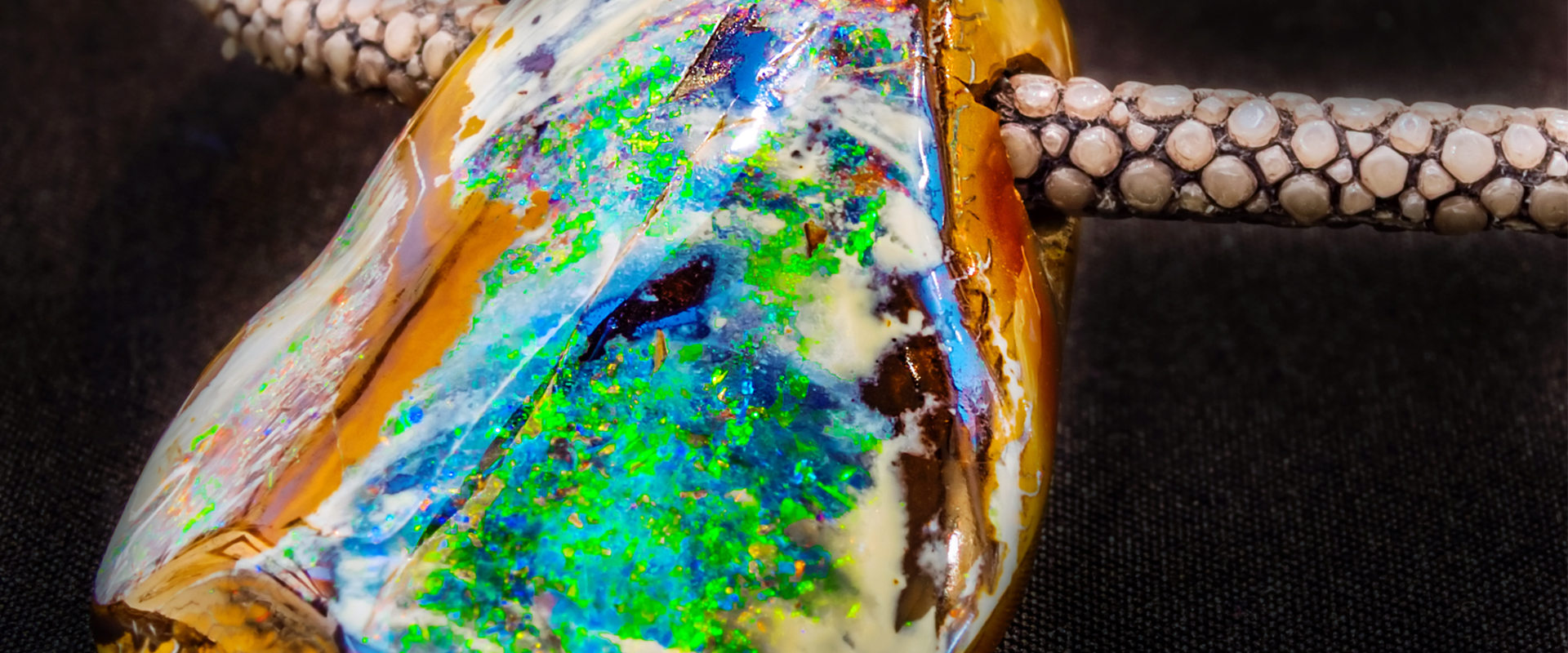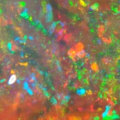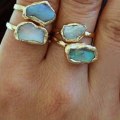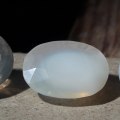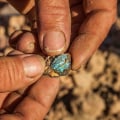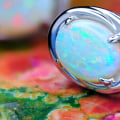One of the best-known legends about opal is that it's bad luck to wear one, and even more so if it's not your birthstone. This superstition probably arose from a mixture of the mystical power of opal, the stories of opal in literature, and competition in the trade in precious gems. Another factor contributing to the bad reputation of opal may be the fact that opals are a relatively fragile gemstone. Opals are a soft gemstone compared to diamonds, and can be broken if treated badly or if treated abruptly.
This may have contributed to a general perception of opal as “bad luck”, as it would break anyone's heart to lose a precious beautiful opal or family heirloom. Finally, there is a superstition that you should not wear an opal unless it is your birthstone, otherwise a misfortune will happen to you. This, of course, is far-fetched, but the idea could have been promoted in the late 19th and early 20th centuries by diamond dealers who were trying to increase diamond sales and discourage people from buying opals. Possibly related to this is the idea that you should set opal jewelry with diamonds, since your powers of good fortune will nullify any negativity that opal has.
However, opals were not considered bad luck by everyone. For many years, opal has tried to get rid of rumors and stories of wives about the stone that brings bad luck. This fear and hatred of opal did not discourage the development of a counterfolklore that turned the stone into a symbol of hope, innocence and purity. So why did opal come to be known as the “stone of tears”, and is it true? We have delved into the myth and discovered a fascinating story of luck and tradition that began in ancient times.
Although the beauty and uniqueness of opals have helped their owners to ignore superstitions, they persist. The story also tells that opal became an object of dread and was associated with the death of the victim. If you want to take a chance with an opal engagement ring, you'll be rewarded with an extraordinary family heirloom. In the Middle Ages, it was believed that opals had all the positive properties of colored gemstones due to their rainbow-like play of colors.
A piece of opal jewelry can suddenly disappear from some obvious place, only to appear weeks or months later somewhere unexpected. Medieval Europeans feared opal because of its resemblance to “the evil eye” and its superficial resemblance to the optical organs of cats, toads, snakes and other common creatures with hellish affiliations. When high-quality Australian opal appeared on the market in the 1890s, it is understood that diamond posters actively spread the false rumor that opal was out of luck and seriously damaged the reputation of opals. So, while we admire these absolutely incredible opals that will make other opal admirers positively dizzy and jump to buy, delight me with your suggestions to overcome this silly idea, right? For the sake of those opal earrings that are in my jewelry box, and, hopefully, for the future opals that I may someday be able to call my own.
Unfortunately, over the past two centuries, opal superstitions have arisen from one source or another, which has given this precious Australian gemstone a bad reputation. Blond girls in Germany and Scandinavia were encouraged to wear opal pins in their hair, as they were thought to add a magical shine to their golden locks and protect them from freezing rain, wind and other vicissitudes of the Nordic climate. Medieval Europeans rejected opal because of its resemblance to the eyes of several “evil animals”, such as cats. .
